The dose rate of CleanOxide Liquid 75 is determined by the quality of the water to be treated and the level of treatment required.
Experience in Europe suggests that treatment rates of 0.1 to 0.3mg/L chlorine dioxide are adequate where water quality is high.
Lower quality water or water containing impurities that consume chlorine dioxide (such as manganese or iron) may require considerably higher doses to achieve satisfactory levels of disinfection. As a general rule, water that requires higher levels of conventional chlorination will also require higher levels of treatment with CleanOxide.
When chlorine is the primary disinfectant, 0.05 to 0.2mg/L chlorine dioxide is usually adequate to control undesirable taste and odour problems.
When treating any system with chlorine dioxide for the first time, it is usually necessary to “shock dose” the system at a rate at least double the maintenance rate required.
The reason for the shock dose is to remove biofilm that has built up in the system and not controlled by conventional chlorination.
The exact amount of the shock dose required and the duration of the shock treatment is site specific and will depend on many factors.
Experience suggests one to two days at a high dose followed by one to two days at a moderate dose is adequate to flush most systems that have been well maintained on a conventional chlorine disinfection routine.
The Table below illustrates the volume of CleanOxide Part A (P) and Part B required per megalitre (ML) of drinking water per day at 0.1 to 1.25mg/L chlorine dioxide.
The volume of CleanOxide 75 produced when these materials are mixed is also included in the Table.
Volume of CleanOxide Part A (P) and CleanOxide Part B required per megalitre (ML) of water per day
| Dose Rate(mg/L) | Part A (P)(L/day) | Part B(L/day) | Water mixed with Part A(L/day) | CleanOxide 75(L/day) |
| 0.1 | 0.67 | 1.33 | 11.3 | 13.3 |
| 0.2 | 1.33 | 2.66 | 22.71 | 26.7 |
| 0.3 | 2.00 | 4.00 | 34 | 40 |
| 0.5 | 3.35 | 6.70 | 56.95 | 67 |
| 1.0 | 6.67 | 13.34 | 113.99 | 134 |
| 1.25 | 8.34 | 16.68 | 141.98 | 167 |
For further advice on treatment rates, please contact us.
